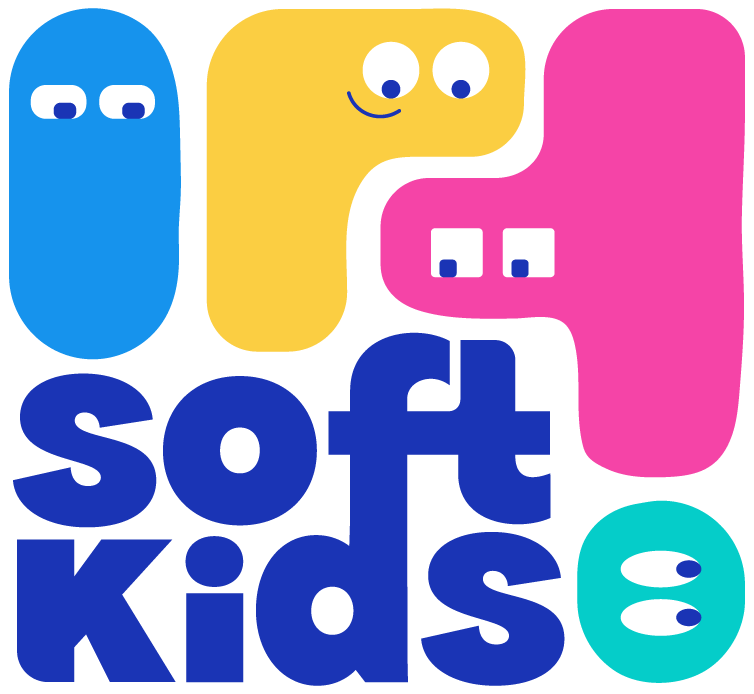Artificial intelligence and childhood: a revolution or a hidden risk?
Artificial intelligence (AI) is increasingly invading our daily lives, including our children's world. From interactive toys like cuddly toys, to recommendation algorithms on social networks, voice assistants and adaptive learning platforms, AI seems to offer fascinating opportunities for education. But what does it really mean? Is AI an ally for children's development, or does it represent an unsuspected risk?
In this article, we explore the challenges of AI in childhood: its benefits, dangers and best practices for thoughtful integration.
AI: A new playground for children
Artificial intelligence is already omnipresent in the world of children. It is creeping into :
Social networks TikTok, YouTube Kids and Instagram use algorithms to capture attention and recommend content based on viewing habits.
Intelligent toys Some connected toys use AI to interact with children and adapt to their language level.
Voice assistants Alexa, Siri or Google Assistant become playmates and sources of information.
Conversational chatbots More and more children are interacting with chatbots, which become their virtual friends and sometimes even their confidants. These artificial intelligences capable of conversing in natural language can offer emotional support or simply answer children's questions, but they also raise concerns about the quality of exchanges and the possible drifts of emotional attachment to non-human entities.
Educational platforms From online tutoring to personalized learning software, AI makes it possible to tailor educational content to the specific needs of each child.
The promise of AI for children's education
Personalized learning AI is capable of analyzing a child's level and pace, and suggesting appropriate exercises. This strengthens weak points and stimulates potential.
Greater accessibility Children living in isolated areas or with special needs can benefit from adapted tools: automatic translation, voice recognition, text-to-speech for dyslexic children, etc.
Support for teachers and parents The AI can help correct homework, create customized learning paths and analyze each child's difficulties, enabling more precise monitoring.
The dangers of early exposure to AI
Increased digital dependency Children already spend a lot of time in front of screens. AI, by optimizing engagement, can reinforce this dependence and limit the human interaction essential to their development.
Algorithmic biases AIs are designed by humans and can incorporate social or cultural biases. They influence children's opinions and shape their perception of the world without them having the necessary hindsight to analyze them.
An influence on creativity and critical thinking Children may be tempted to rely on AI for immediate answers, rather than thinking and searching for themselves.
Ethical and data protection issues AI is based on the analysis of personal data. Who collects this information? How is it used? These questions are crucial to protecting children's privacy.
The keys to responsible AI use
Supporting and supervising the use of AI
AI must not replace human interaction. Parents and teachers have a key role to play in its use:
-
- Limit screen time and encourage physical and social activities.
- Complement learning with discussion and group work.
- Raise children's awareness of what AI is and isn't, of AI biases and the importance of critical hindsight.
Promoting digital literacy and critical thinking It's essential to teach children to analyze the information they find online, and not to take everything at face value.
Protecting children's privacy
-
- Favoring educational tools that respect personal data.
- Check the privacy settings of the applications and platforms you use.
- Make children aware of the risks of sharing information online.
Conclusion: Striking a balance
Artificial intelligence can be a tremendous opportunity for education, but it is not without risks. As with any technology, it's how we use it that will determine its impact.
Rather than demonizing or idealizing AI, let's adopt an enlightened approach: let's frame its use, remain vigilant about content, and support our children in this technological evolution.
The important thing is to keep one thing in mind: nothing will ever replace the richness of human interaction and experiential learning.
The Soft Kids team 🌈
🎧 For a more in-depth look at the subject, listen to the full episode of the Generation Parents podcast on AI and childhood!




0 comments